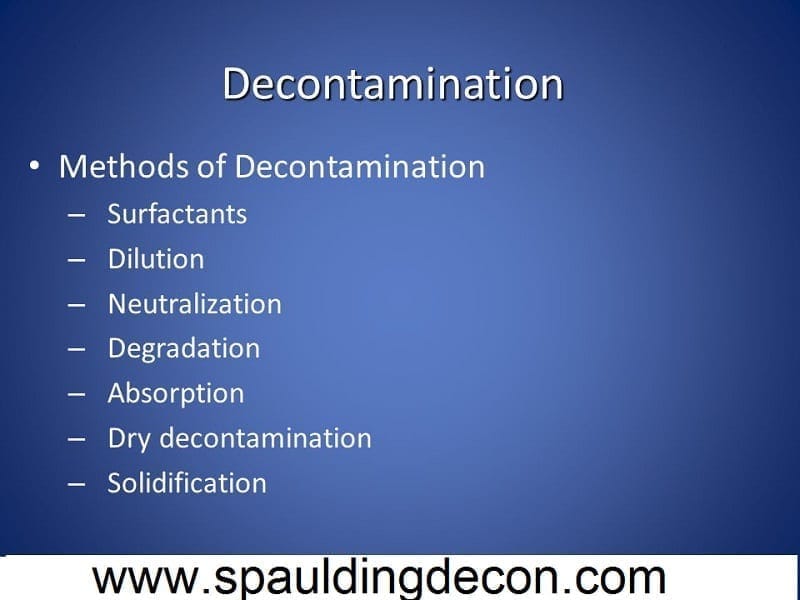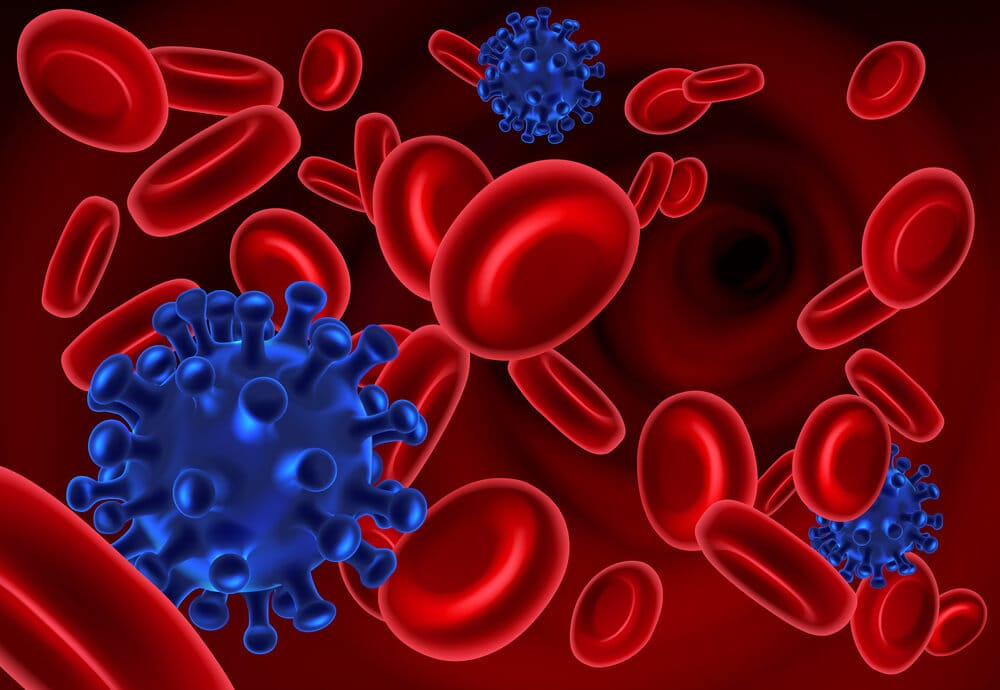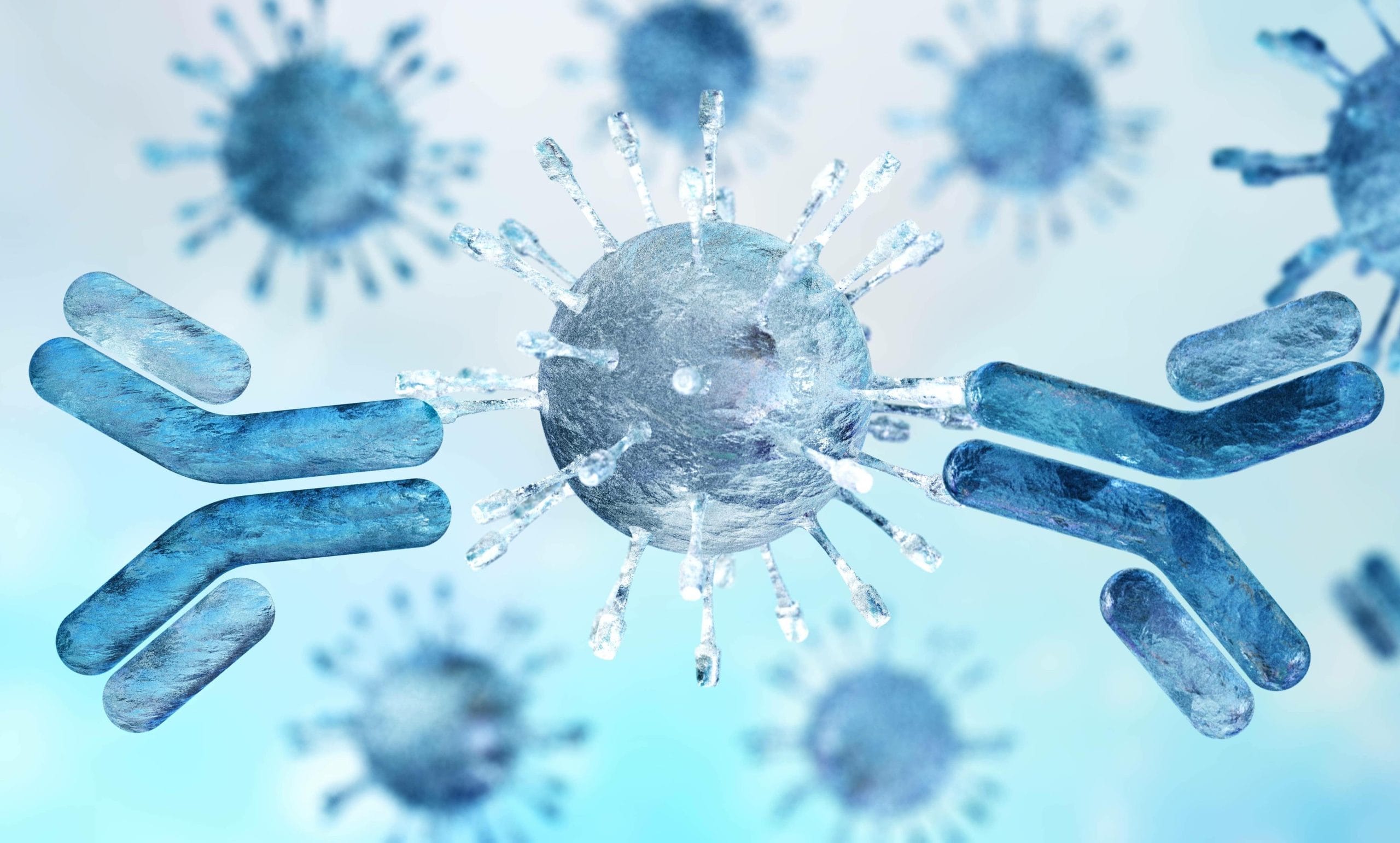Decontamination is a specific cleaning method that involves a number of tools, equipment, expertise and chemicals for a comprehensive neatness. Usually, there are plenty of methods used in decontamination. This cleaning method is extremely famous and common in manufacturing industries to prevent the germs and bacteria that lead chronic diseases. Recently, decontamination of industries has been declared as compulsory to save the lives in many developed countries. Here, you will come across the highly effective and wonderful decontamination methods that are applicable in leveraged countries.
Methods of Decontamination:
Fundamentally, decontamination methods can be classified into dozens of categories on grounds of methods, equipment, techniques and other qualities. However, here you will come to know just six leading decontamination methods with their detail.
- Disinfection
- Ultrasonic Decontamination
- Physical Decontamination
- Sterilization
- Water Purification
- Antisepsis etc.
1. Disinfection:
Basically, this is the most common method used in decontamination. Purpose to apply disinfection is minimize the microorganisms and prevent them to affect humans. Nowadays, disinfection method is used to areas around the living species like humans and animals. This cleanup method reduces the percentage of microorganism quickly and overcome the possibilities of infection. There are a number of chemicals, drugs and special detergents that are used for the thorough disinfection.
2. Ultrasonic:
This is an advance method of decontamination used in few countries. Ultrasonic devices or procedures are used along with some solvents to make the places, clothes and people free of infections. Usually, this method is an expensive one, but it is extremely beneficial and perfect for the removal of microorganism and ordinary contamination.
3. Physical Decontamination:
This is a practical way to clean up the surfaces, area and constructed sites by some physical as well as technical ways. Usually, the physical cleaning is a manual work to decontaminate a targeted place. This is also applied to make a place free of infectious material, germs and bacteria.
4. Sterilization:
Sterilization is a unique and well known decontamination method. You can use it either to remove or kill microorganism quickly. There are plenty of things and equipment needed to decontaminate the places and things. This technique is considered a best one for quickest and comprehensive cleanup of the places.
5. Water Purification:
This is another method of decontamination, but it is used just to purify contaminated water. Usually, this is a great method to remove all of undesired and biological things from water which you want to use for drinking and other productive uses.
6. Antisepsis:
Antisepsis are generally antimicrobial substances that are used to remove the microorganisms and infections from goods or places in use. It is used to control a variety of infectious substances and microbial.
More Meth Clean Up Related Resources:
- How to Clean a Meth House: Step by Step Guide
- Was Your House a Meth House? Heres How to Tell
- Health Dangers of Living in a Former Meth Lab
- How Much Does It Cost to Clean a Meth House
- Meth Lab Remediation and Testing Guide
- Meth Contamination: Why Are Meth Labs so Difficult to Repair?
- Meth Lab Cleanup No Longer a Trademark




